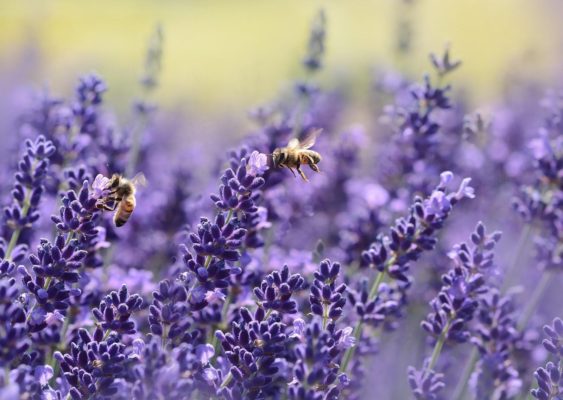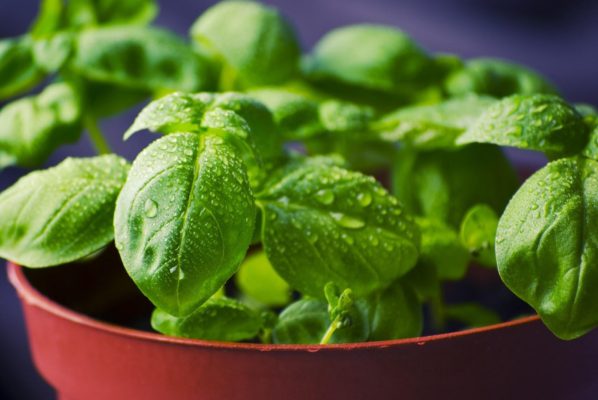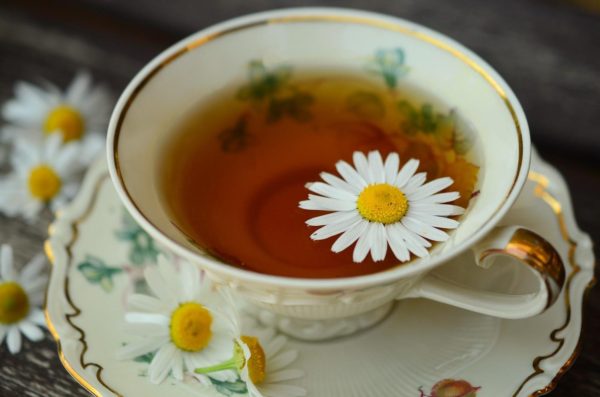
Industrialization is a crucial aspect of western society. A characteristic that has brought us to the point where we’ve mostly forgotten that nature is our primary provider.
Many multi-functional plants grow all around us. This vegetation has medicinal properties and can be used as essential oils or in food, consumed as teas, or in a pill form.
Research conducted by the Kansas State University revealed that hospital patients that have flowers in their rooms:
- Request less pain medication
- Experience less anxiety and fatigue
- Have lower blood pressure and heart rates
- Recover sooner
Apart from these plants’ medicinal benefits, they also emit calming fragrances, repel insects, beautify your living space, and are edible. In helping you decide which of these flowers best suit your needs, we have compiled a list of the most beneficial plants and how to use them.
Lavender (Lavandula)
This flowering bush is well known for its purple flowers and is commercially grown to extract essential oils. It’s also commonly found in many gardens. To grow Lavender, you’ll need to create a microclimate and get your seeds from a dependable source. The official Seed Needs blog states that it needs little maintenance.
Should you decide to plant it indoors, it’s essential to place it away from direct sunlight and keep the soil moist.
Uses
- Helps you to relax and sleep better
- Relieves tension, stress, migraines and headaches, and pain
- Treats insomnia, anxiety, restlessness, respiratory problems, and depression
- Repels fleas, flies, mosquitoes, and other unwanted insects
- Supports healthy skin and hair
- Fights acne
- Consumed as a tea brewed from the flowers
- Essential oils – Used in a diffuser or applied topically
Basil (Ocimum Basilicum)

Basil is a well-known herb, commonly used to enhance the flavor of various meals. However, being rich in minerals and vitamins, such as iron and vitamin K, this plant is also helpful in combating many common ailments. Tulsi, a basil species originating from India, is frequently used in teas, ointments, etc. to treat various afflictions such as fevers and diabetes.
Uses
- Reduce stress, inflammation, and swelling
- It has strong antibacterial properties
- Strengthens the liver and bones
- Prevents some adverse effects of aging
- Rich in antioxidants
- Boosts your metabolism and immunity
- Improves digestion
- Use while cooking or sprinkle over food as a garnish
- Used in teas and as an ingredient in smoothies
Sage (Salvia Officinalis)
Sage is another well-known household herb that’s commonly used in a variety of dishes and beauty products. Yet, it also has extraordinary medicinal properties. There are many different ways through which one can benefit from this plant.
Uses
- Enhances overall brain function and improves memory retention
- Support digestive health
- Fights degenerative diseases
- Rich in antioxidants
- Helps manage diabetes by naturally reducing glucose levels
- Promotes healthy skin
- Used as a garnish over food or while cooking
- Tea brewed from fresh leaves
- Essential oils – Inhaled or applied topically
Chamomile (Matricaria Chamomilla)

This herb is known for its high concentration of antioxidants, making it useful in relieving various ailments. It’s most commonly consumed as a tea, which you can easily make yourself by brewing dried chamomile flowers. Drinking a cup of this at night before you go to bed will help you relax and get a good night’s sleep.
Uses
- Improves the overall health of your skin
- It relaxes and helps you sleep
- Relieves pain and congestion
- Rich in antioxidants
- Reduces swelling and inflammation
- Used to brew chamomile tea
- Essential oils – Inhaled or applied topically
To Wrap Up
Traditional remedies are still used in many cultures worldwide. The benefits of fresh herbs and other multi-purpose plants are invaluable. The next time you have a cold, joint pain, etc. try using herbs before spending money going to a doctor.
The good news is that Lavender, Sage, Basil, and Chamomile are simply the tip of the ice-berg. By doing a bit of research, you’ll discover many more multi-purpose plants which you can conveniently grow in your home or garden.



Up until the industrialization. 85% of all medicines were plant based. So much for progress. With the high cost of drugs. many people are turning back to the old ways. There are 300 elemental compounds in some herbs and care should be used in supplementing or replacing pharmaceuticals with herbs. Educate yourself thoroughly of the benefits, side effects, interactions, and how it will affect other conditions you mat have before taking them.
I’ve been an herbalist for 30 years. It always irritates me that websites give the benefits but rarely the side effects and precautions for herb alternative uses. In Europe, some herbs/plants are prescription based. That’s how powerful these botanicals are.
Can you recommend some good books to help us understand better?